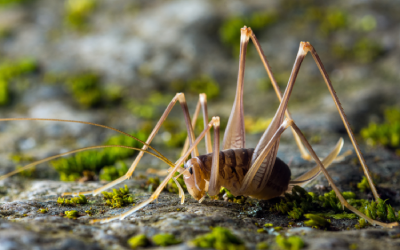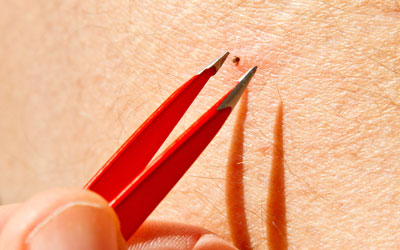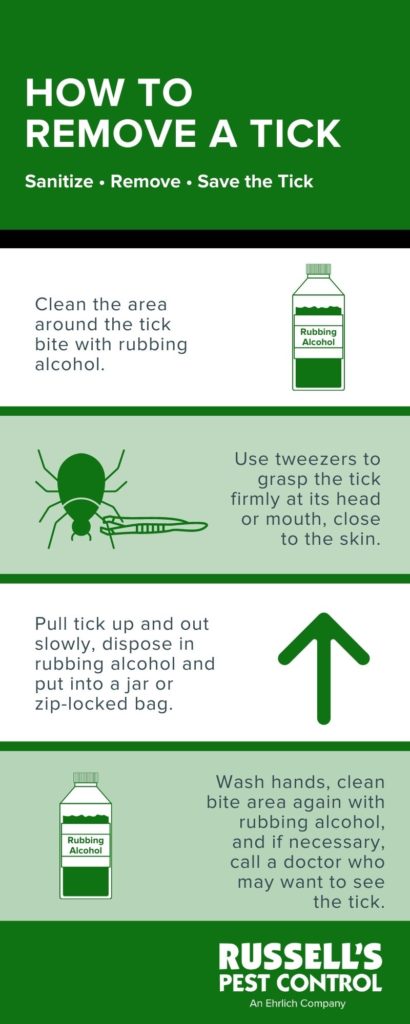Most people have never heard of camel crickets. The truth is that most of us have probably encountered a camel cricket or two dozen in our lives, we just weren’t aware of what the creepy thing we were facing was exactly. A camel cricket is a part of the cricket family that has similarities to a spider in looks. In fact, many people will refer to this pest as a “spricket” or spider-cricket. In more formal terms, it is part of the Rhaphidophoridae family and has 6 legs with the two legs in the back being longer, two antennae, and a hump-shaped back.
Although relatively harmless, camel crickets can become a nuisance pest in homes because they feed on cloth and fabrics. For this reason, it’s important to learn how to identify camel crickets, as well as prevent them. The experts at Russell’s Pest Control are here to help—read on to learn all you need to know about these pests!
What Are Camel Crickets?
These pests prefer to live in dark wet environments. You will most often find them in basements, garages, greenhouses, sheds – anywhere where there is moisture and vegetation. They are essentially scavengers and will eat anything. And by anything, we are talking fungi on basement walls, scraps of food, rotting trash, fabric, dead animals and insects, feces, even each other! In this regard, they can be considered an asset as they will clean up the disgusting things found in your dank basement or garage. However, they can be a nuisance as they will chew through cloth and fabric like a moth.
Camel crickets are actually harmless to humans. They don’t bite, they don’t make noises like normal crickets, they don’t fly, and do not spread illness or disease. In order to defend themselves, they use their longer back legs to leap at their predators. The bad thing about this is that they may consider you a predator and leap at you, which can be somewhat terrifying for anyone.
How to Get Rid of Camel Crickets
While they aren’t harmful, no one wants to deal with camel crickets inside their home. Thankfully, there are a few ways you can get rid of these pests as well as keep them from coming back:
- Waterproof your basement, garage, and storage areas.
- Run a dehumidifier in damp areas of your home.
- Seal windows and cracks to prevent insects from getting in.
- Clean up and remove debris and other food sources, including pet food.
- Spray cracks and corners with natural peppermint oil.
- Set sticky traps, or homemade duct tape traps.
Need Help With Camel Crickets in Knoxville TN?
If you’ve done all you can to prevent camel crickets and are still noticing camel cricket activity, it’s time to turn to the experts. At Russell’s Pest Control, our pest control experts will work to determine what’s causing the camel cricket problem to begin with. From there, we can help you eliminate camel crickets with either a one-time service or can provide you with year-round protection with regular services. To get rid of camel crickets for good, contact us today!


 Steps For Safe Tick Removal
Steps For Safe Tick Removal